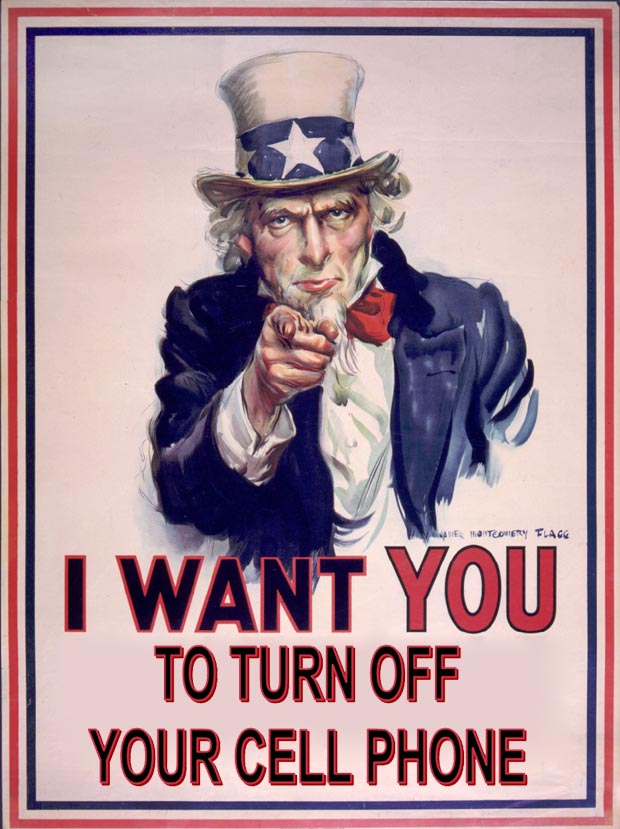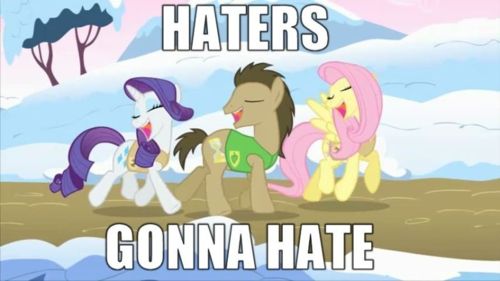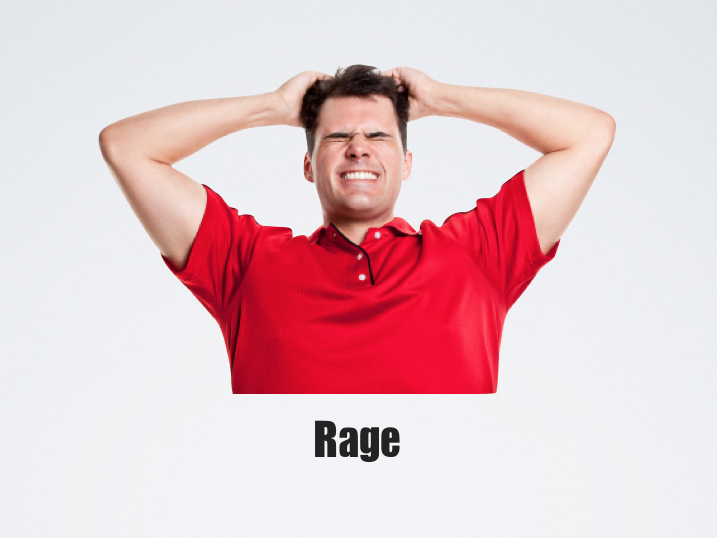“Ok, let’s stop for a moment. Everyone look up at me. Look up at me just for a second.” I politely ask my class. I wait for them until I have their attention. “Ok, this is an example of legitimate authority because as a teacher asking for your attention is widely considered a reasonable and non-coercive use of power. Thanks, you can stop looking at me now.” Unamused the class lets out a collective groan and a smattering of eye rolls.
Unfazed I continue, “You see, Weber argues that a leader only has authority when their use of power is perceived as legitimate. Legitimacy is not taken by the leader, but given by their followers.” They are fantastically unimpressed by this discussion, which is exactly what I was shooting for.
“A comparison should make legitimacy clear.” I pantomime my words as I say, “If I, instead of politely asking for your attention moments ago, reached behind my laptop here.” I pause to ensure that almost no one is looking at me before I continue, “pulled out a gun and said LOOK AT ME!!!,” I scream as loudly as I can pointing at the class with my fingers shaped like a gun. Students jump in their seats, throw their heads back with eyes wide. Spontaneous laughter explodes throughout the room. I stand motionless, gun shaped hand extended, waiting for their laughter to subside before I conclude, “That!.. That would be perceived as coercive.” Nervous laughter returns to the room and I say under my breath, “bet you’ll remember that on the test.”
Those “Damn Distractions”
My friends and teachers everywhere seem to be plagued by the inability to force students to put their “damn cell phones and laptops away”. Some teachers have responded by outlawing them in their syllabus, using force, some read poems about them to their classes, others temporarily remove students of their personal property until after class. However, despite all of the attention this issue gets, no one seems to have effectively curbed cell phone use. Perhaps we haven’t found the ideal combination of carrots and sticks or perhaps cell phones are indicative of a much larger issue.
Is it possible that we have lost or are losing our traditional and rational-legal authority? Don’t get me wrong, we still hold power over our students and our classrooms, but is their space left for us to use our power in ways that will be perceived as legitimate (and thereby seen as authority)? It would appear not (especially in regards to cell phone usage in the classroom). If students think using their cell phones is legitimate and reasonable, you can either convince them otherwise or force them to stop using them by fiat. The latter has consequences that don’t seem justified.[1]
“I’m not trying to win any popularity contests here,” you may be thinking. Neither am I. However, there is a limited amount of time in every class, a limited amount of student attention, and a limited amount of willpower. In this finite reality, I’m not sold on the idea that the time and energy it takes to get students to put away their phones is really worth it. If one student is pulled away from learning by their cell phone, does it makes sense to pull the rest of the class away from learning to stop and address it. Furthermore, if I use up some of the goodwill I’ve built with my class on nagging them to put their phone away, is that the best use of my power? Does that strengthen or weaken my relationship with my students?
Ding Dong Your Authority’s Gone
What are we to do about cell phones? Teach your ass off. Sociology is cool, interesting, controversial, and emotional. Use that to pull as many students as you can into the conversation. Use interactive teaching methods that will keep your students’ hands and minds too busy for cell phone usage. And then let go. Accept that you can stop cell phone use, but the costs aren’t justified by the rewards.
If we’ve lost our traditional or legal-rational authority, then all we have left is charismatic. Students will rarely listen to you because of your title as a professor (traditional) or because you hold their grade in your hands (legal-rational), but they will listen to you if they feel you care about them and about their learning (charismatic). Teaching with charismatic authority doesn’t mean you need to start doing stand up comedy or become an entertainer, but rather it means connecting with your students and showing them you care.
What I do
I hate cell phones and laptops in the classroom as much as anyone. So I’ve written a no technology clause into the class syllabus and I read it aloud on the first day. I will even show a clip about the myth of multi-tasking and talk about the research on the effects of texting on students grades. Then for the first two weeks I’ll give general reminders to the entire class when I see someone texting. After those two weeks, I never mention it again directly. However, I like to incorporate the reminders into class activities (for instance this Goffman activity).
I have yet to find anyone who has solved the cell phone problem in a way that doesn’t make them seem like a coercive and/or nagging parent. Our students think that controlling cell phone use is outside of our legitimate uses of power. The classroom has changed, students have changed, and so it should surprise no one that our authority has changed along with it.
-
We should also acknowledge that teachers are given varying levels of authority in the first place. The more dominant your social location, the more you are automatically extended authority. However, the point in this piece is that all of us are suffering from a decline in authority. ↩









